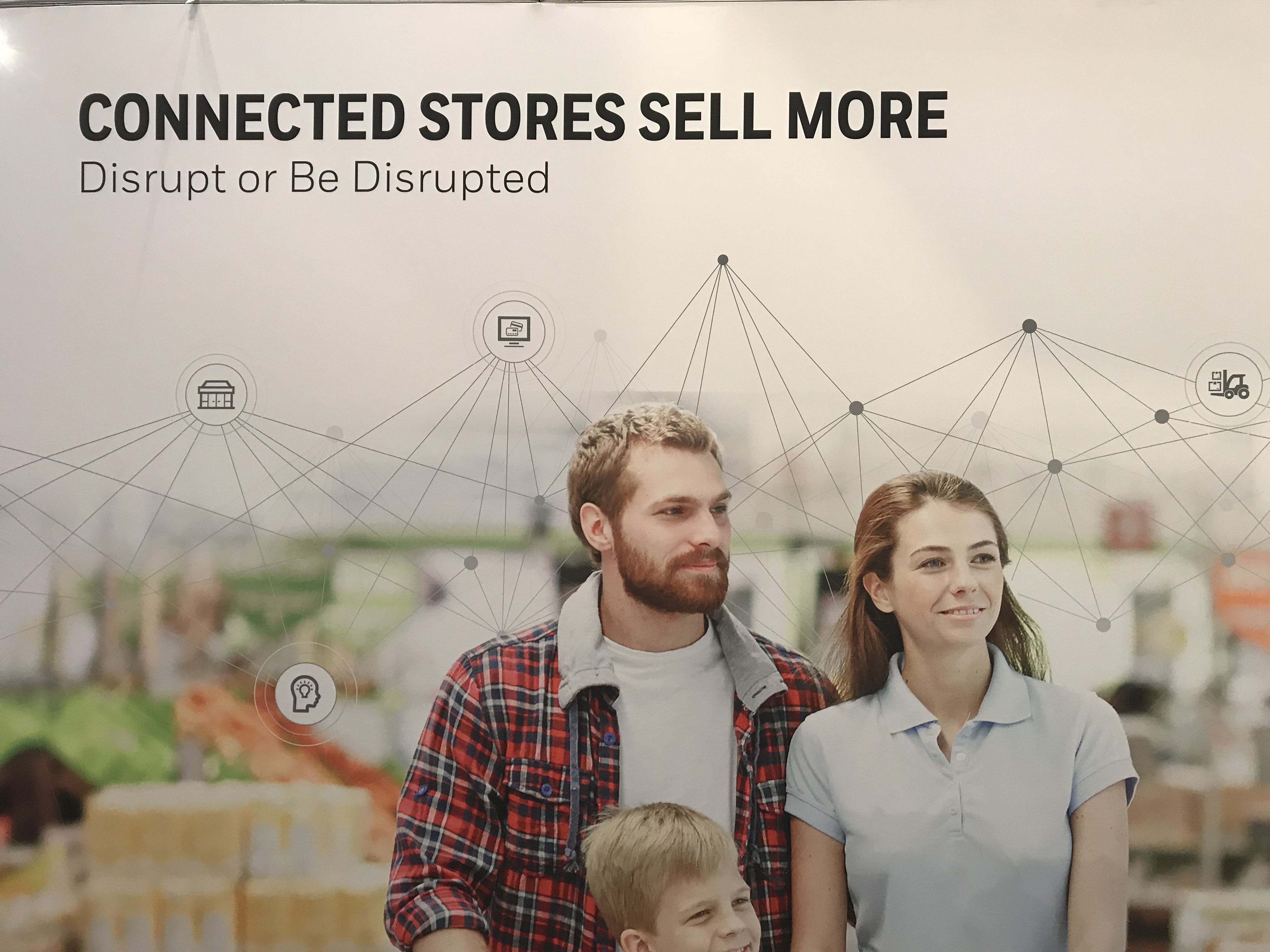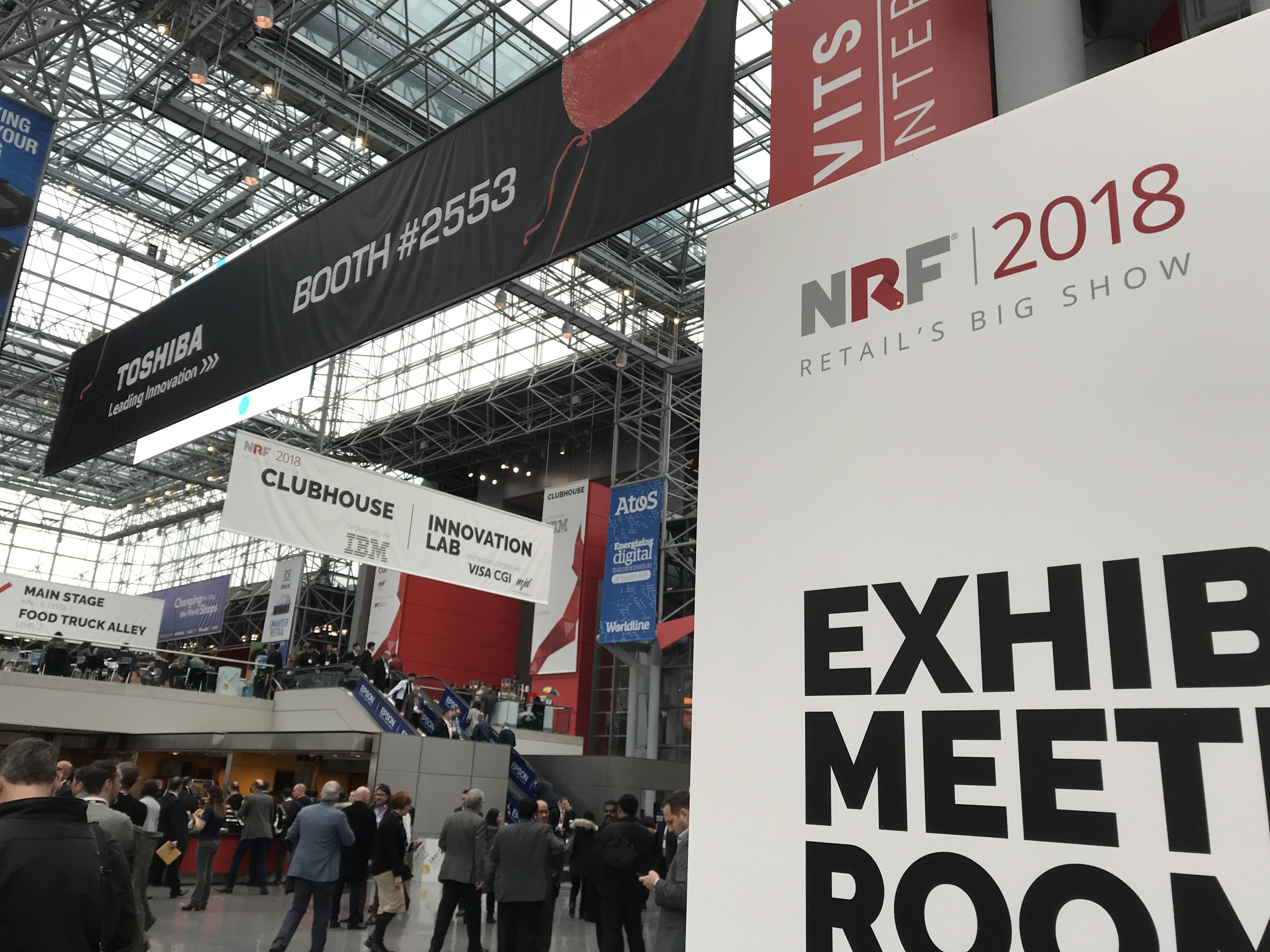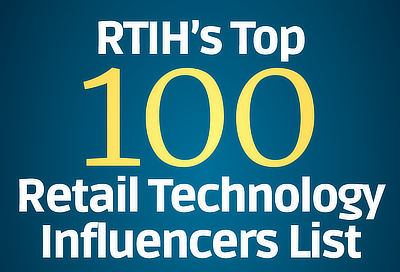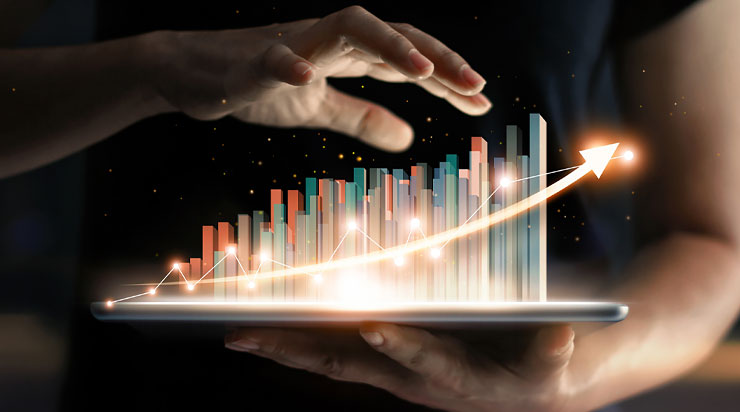Retail
The State of Retail RFID
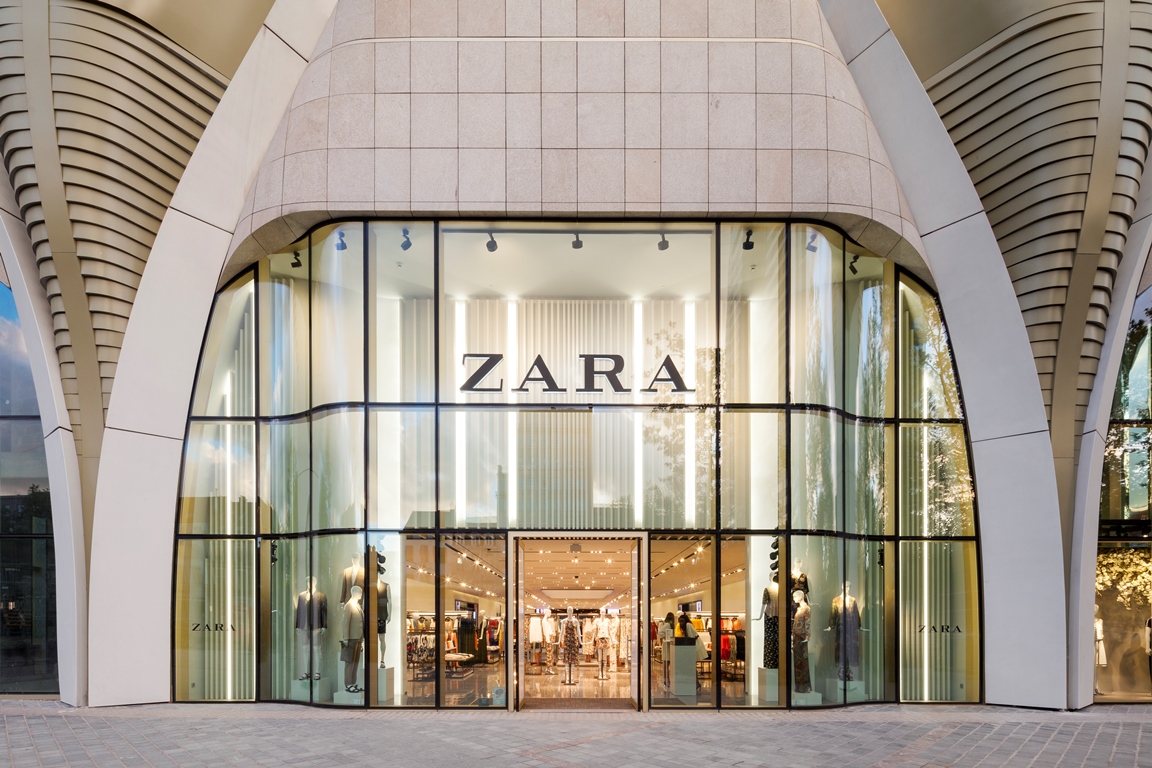
Retail is not dying. Today's consumers are being presented by an increasing number of shopping options. Online versus in-store engagement trends are converging and technology is increasingly the differentiating element.
A recent IHL research study titled "Out-of-Stock, Out of Luck - How Retailers Alienate Customers and Lose Billions Due to Poor Inventory Practices" prompted this relook at retail RFID. The top answers as to why consumers still prefer to shop in-stores include: want / need the product immediately, desire to touch and feel the item (try it on), don't want to pay expedited delivery charges, support local retailers, and convenience / easier than online.
Fast checkouts and products being in-stock are the two most relevant components of positive instore experiences.
A Different Kind of Amazon Effect
- Details
Future of Retail with the Top 5 Apparel, Luxury, and Technology Brands
Being a firm believer that branding is a critical component to the future success of all companies, every year I look forward to the latest edition of the BrandZ Top 100 global brands report. Disruption, disintermediation, and differentiation are the three words that stood out in the nearly 300-page 2018 edition.
2018 Global Top 100 Brands Highlights
With an increase of 21% in 2018, the BrandZ global top 100 brands added a record $748 billion, to reach $4.4 trillion in total value, an increase of $2.9 trillion since 2006. 2018 set a record as the largest one-year value increase in the 12 years publishing the global report.
Every industry category had an increase with retail rising the most and for the second consecutive year in a row. The brand value of the retail sector rose 34% as e-commerce brands spiked in value and the category adjusted to disruption.
- Details
Welcome to Retail Shrink Reporting Week
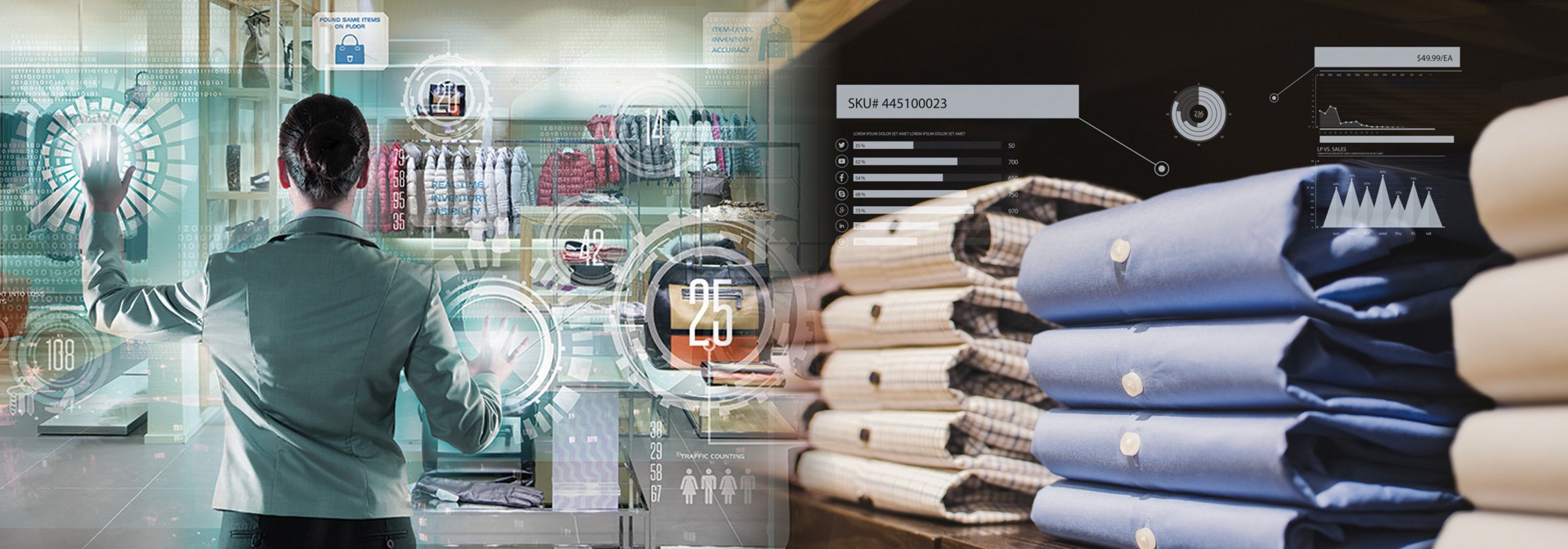
With the USA NRF Loss Prevention Trade Event taking place this week, it is time to revisit the new Sensormatic Global Retail Shrink Index published earlier this year. Covering 14 countries representing 73% of global GDP and 80% of global retail sales, it is the authoritative document on worldwide loss prevention trends.
In 2017-2018, the cost of retail shrinkage was $99.56 billion for the countries surveyed. This post focuses on my two favorite charts from the entire study.
Highest Shrink Rates Across Verticals and Countries 2017-2018
- Details

What do you do when you decide that a major flagship location in the fashion capital of the world needs a physical upgrade? If you are Zara, you close the majority of the store and leverage the elegant entrance to test a new retail concept.
Walking through the entryway you can very quickly visualize the intersection of online and the physical retail store. Uncluttered physical clothing racks are overshadowed by a large digital screen displaying the latest fashions. Simplicity meets digital innovation.
- Details
Customer First Cashierless Shopping and Self-Checkout Theft
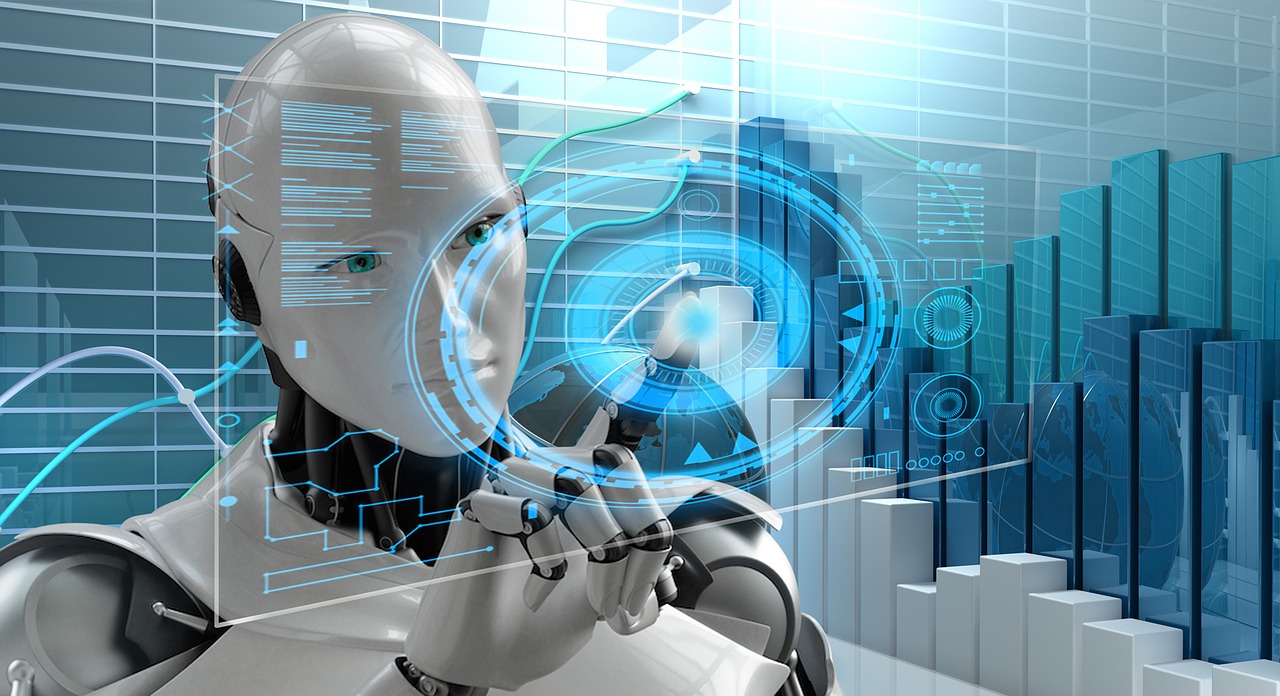
The announcement of Amazon Go in December 2016 sparked the Western imagination on the potential of frictionless cashierless shopping. Roughly 18 months later, we are still on the road to the fully autonomous retail store.
This post summarizes the opportunities and challenges of this global innovation journey. Primary focus is on the state of self-checkout, mobile scan-and-go adoption, and an update on global autonomous store deployments.
Back to the Future of Automated Stores
- Details
Coming soon, the new Sensormatic Global Shrink Index. The most comprehensive shrink survey to date from countries representing 73% of global GDP and 80% of global retail sales.
First is the sample infographic shared last week focusing on Europe. Second, for the global audience, below is an additional peek at the data. More in April.
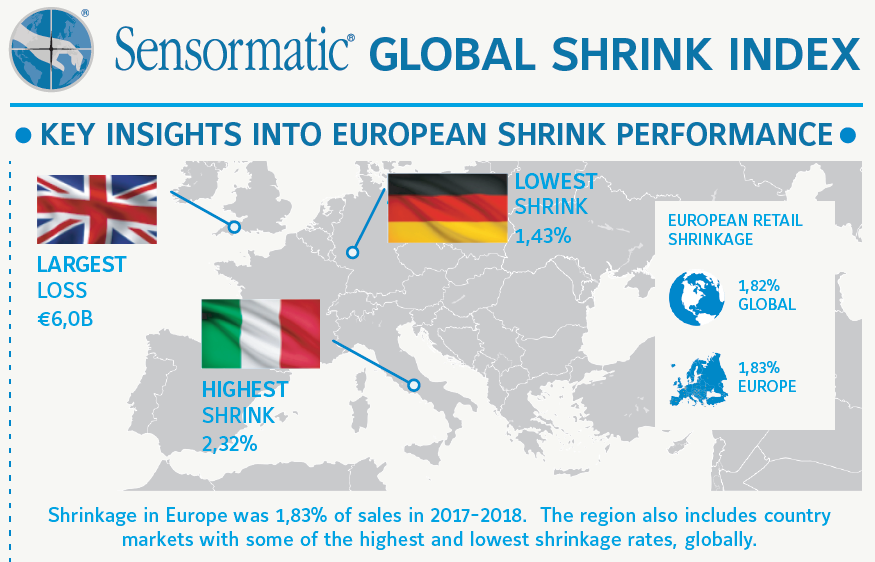
- Details
Not too long ago, many including myself were forecasting major consumer changes for the year 2020. That magical year is just around the corner and it is now time to simplify the digital future of retail.
Big Data is Bot Food for AI
Information or more specifically data has been the power engine evolving the retail industry. For much of its history, the store, the forefront of the consumer moment of truth, was under-sensored.
With the connected consumer able to instantly choose alternative products or brands, retailers need to integrate a greater number of data sets inside their stores. Welcome to the Internet-of-Things for Retail (IoT):
- Details

Every National Retail Federation (NRF) Big Show, Deloitte publishes updated research on the top 250 global retailers. This favorite annual retail report summarizes industry / economic global trends and dissects the shifting sands of the world's largest retailers. This post summarizes my favorite insights from the 2018 edition.
Transformative Change, Reinvigorated Commerce
The rules of retailing "are being rewritten in this time of transformative change. Innovation, collaboration, consolidation, integration, and automation will be required to reinvigorate commerce, profoundly impacting the way retailers do business now, and in the future."
The 2018 retail industry trends identified by Deloitte include:
- Details
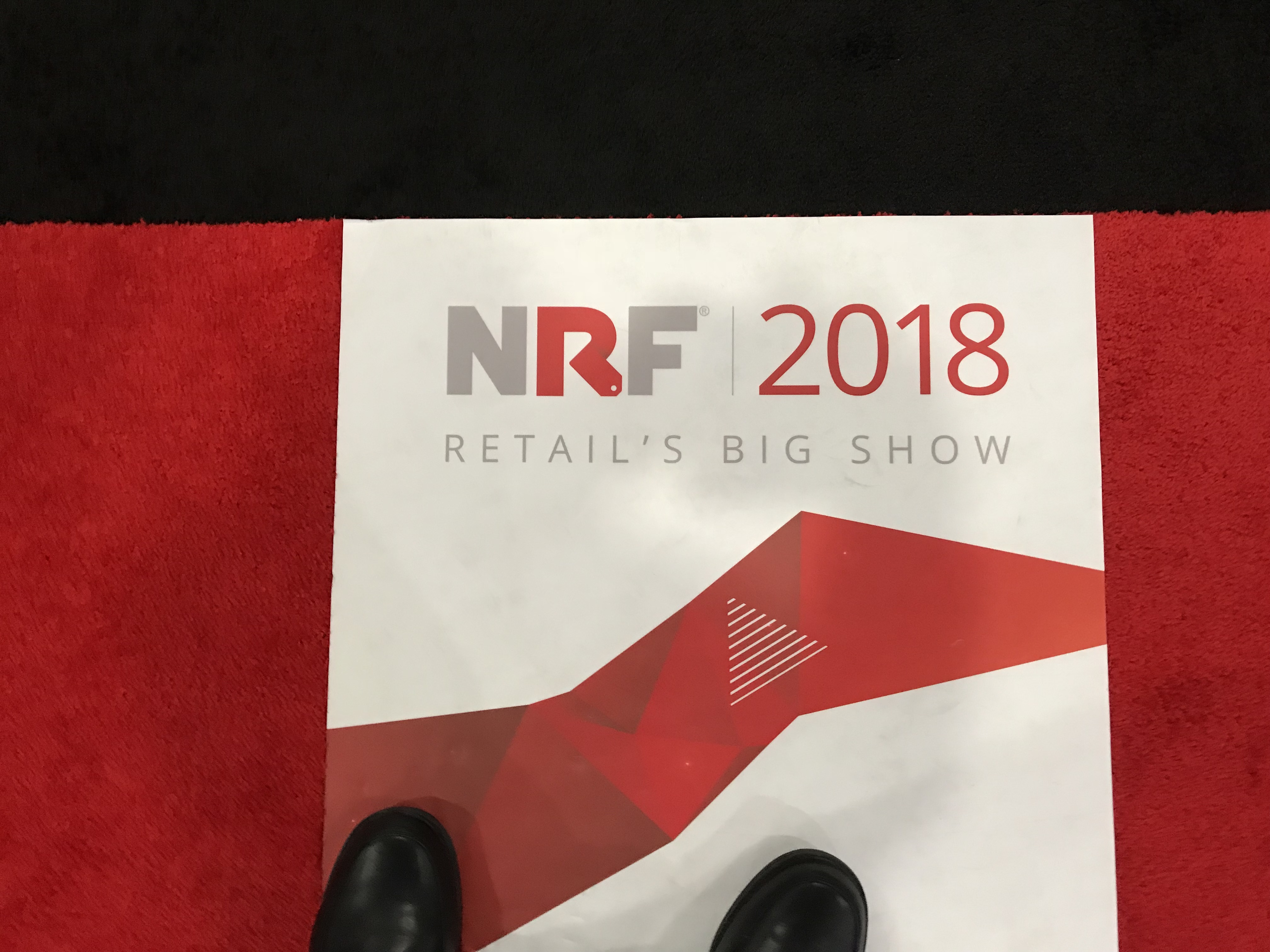
In the "Retailing 2020" post I proposed that you "Look to China where 500 million people are already shopping on mobile phones to understand the future of retail. Digitally driven ultra-convenience, spontaneity, and social shopping trends are transforming all Chinese retail sectors including grocery." During this trip I had the opportunity to visit the Alibaba digital / physical hybrid Hema Supermarket in Shanghai.
Building on the "NRF 2018: The Ten Quick Transformational Retail Trends", as promised here are my three below the surface trends of the New York Big Show that define the future of retail.
What a Visually Amazing Story You are Spinning
- Details
More than 37,000 retailers and industry partners from 90+ countries descended on New York for the NRF 2018 trade event the week of January 14, 2018. Because this was one of my favorite NRF's to date, a series of posts will follow.
An annual tradition is to walk the floor observing the technology themes, speaking to lots of retailers and industry friends, and creating my own personal list of the foundational ideas that are evolving the retail industry.
From an initial list of 20+ observations, following are my top 10 quick takeaway trends of NRF 2018.
"Big Data is Bot Food for AI"
- Details



